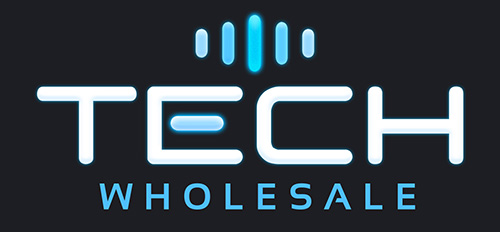Attention speed demons - here's some important information that's worth slowing down for a moment to read! Instant communication between a race car driver, their spotter and their crewmen can make all the difference between winning that race and having to settle for a less-than-perfect finish.
What do you need in a walkie talkie for Racing?
These days, race walkie-talkies are essential pieces of equipment for a driver and their crew, so that everyone is well-informed about everything happening on the track and with the car's performance. It's not just about winning races - it's about staying safe.
